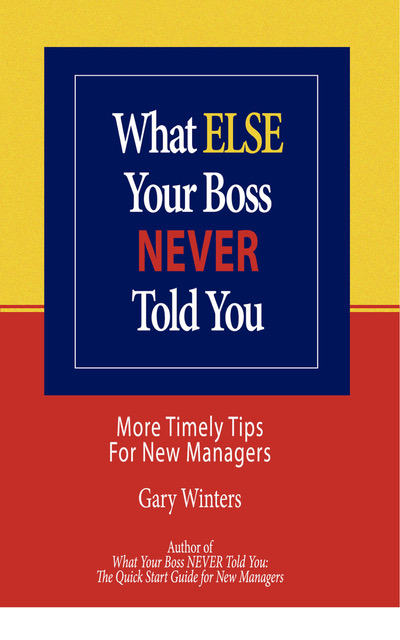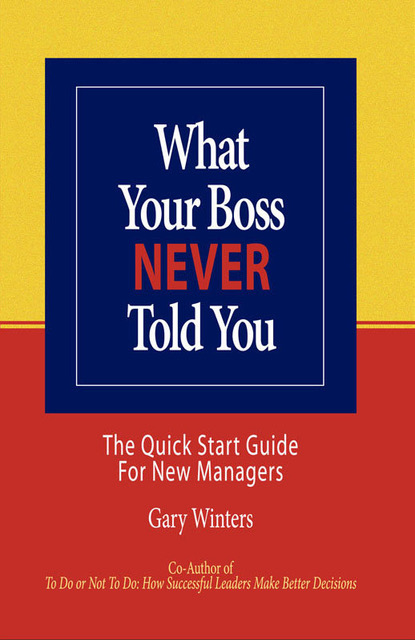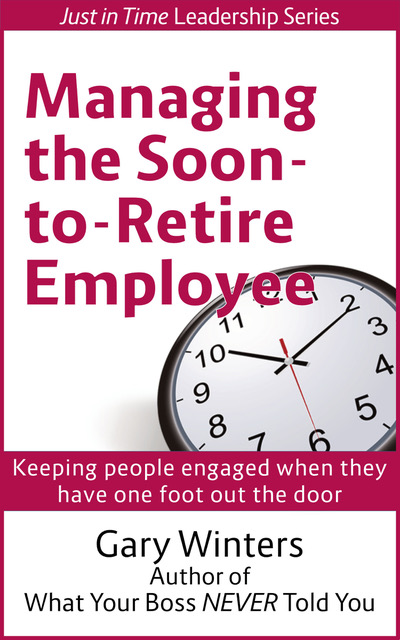You’ve got a problem with Darren’s performance which has been below standard for too long.
You’ve stepped in do some performance coaching. You’ve been patient, compassionate, a good listener. You know the two of you have engaged in a problem-solving dialogue – certainly not a “Now hear this!” monologue from you.
Despite four coaching sessions over the past six weeks, there’s been no improvement. This despite the fact that Darren has agreed a problem exists, he’s agreed things need to change, and he even has suggested a couple of things he could do differently.
Problem is – he’s not doing them.
Suddenly it dawns on you (perhaps in the shower, or during your commute to work, of after a long meeting) – you’re working harder for him than he’s working for himself. You’re putting in the time and the effort to help Darren, by exploring the performance issues, clarify your expectations and sorting out potential solutions. Each time you’ve meet you felt progress has been made.
But Darren’s not doing anything differently.
When you’re confident you’re working harder for Darren than he is for himself, it’s time to stop the coaching. Stop the problem-solving. Accept the notion that Darren has got to go.
Good leadership is knowing when to hold ‘em, when to fold ‘em, and when to walk away.
If you have a Darren on your team, you know what needs to be done. Remove him. Do it and be at peace. You did what you could to turn him around, and it didn’t work. You didn’t fail – that’s on Darren, too.
Cut your losses and move on.







